Single vs. Double Quotes
Single quotes vs. double quotes — knowing which one to use can be tricky!
Do you know when to use single quotation marks? What about double quotation marks?
We’ve talked/ranted about the rampant abuse of quotation marks before, but today we want to dig a little deeper and explain the difference between single quotes vs. double quotes.
For the purposes of this blog post, we’re only going to be talking about Chicago Manual of Style (CMOS) rules as that’s what our General Proofreading course is built around.
Is the correct use of quotation marks as important to you as it is to us? Keep reading to learn when to use single quotes vs. double quotes.
What is the difference between single quote marks and double quote marks?
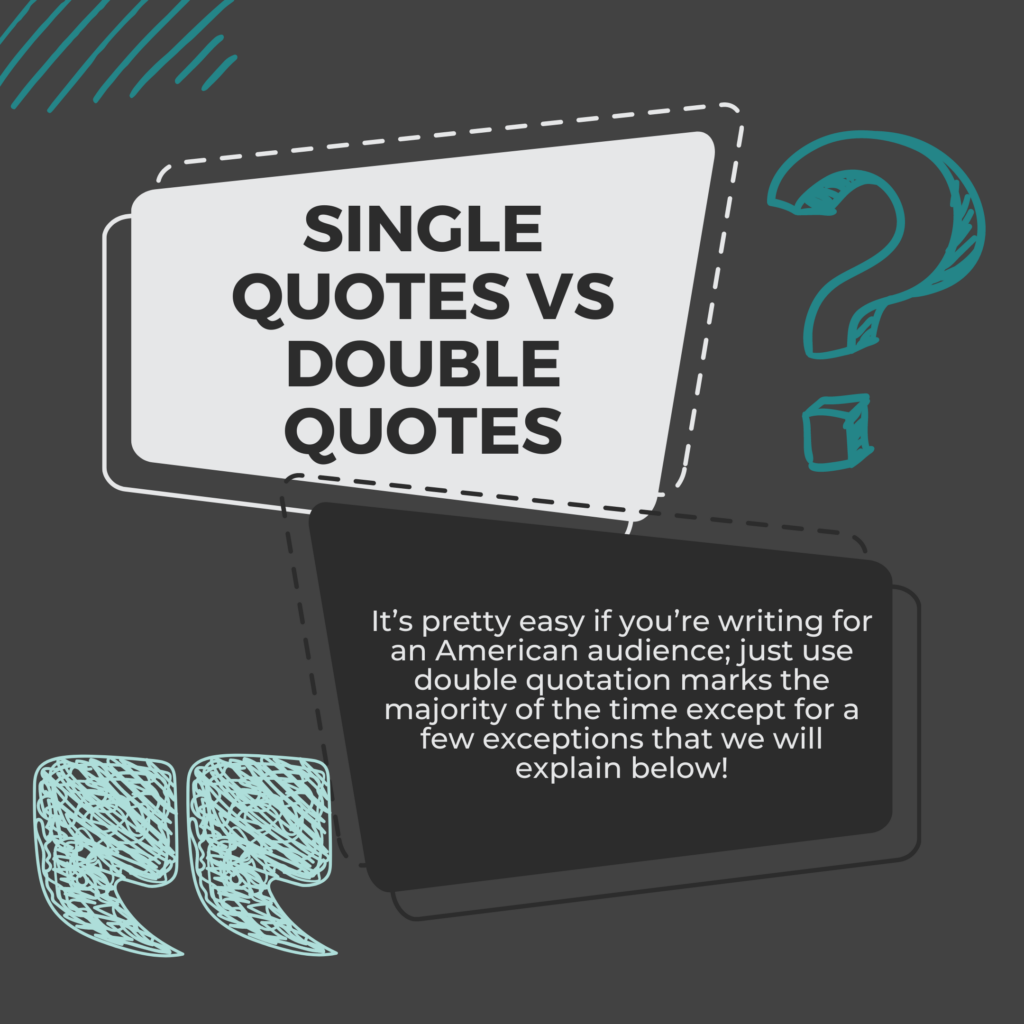
You’re probably wondering “How do I know if I should use single quotes or double quotes?”
Whether or not you should use single quotation marks depends a lot on what dialect of English your client wants their document to be in: British English or American English.
It’s pretty easy if you’re writing for an American audience; just use double quotation marks the majority of the time except for a few exceptions that we will explain below!
On the other hand, if you’re writing for an audience more familiar with British English, single quotation marks will be more widely used. However, they still use double quotation marks in some cases as well; for example, newspapers will often use double quotes for quotations.
Confused yet? 😉
Fun fact: British people also call quotation marks inverted commas!
What are single quotes used for?
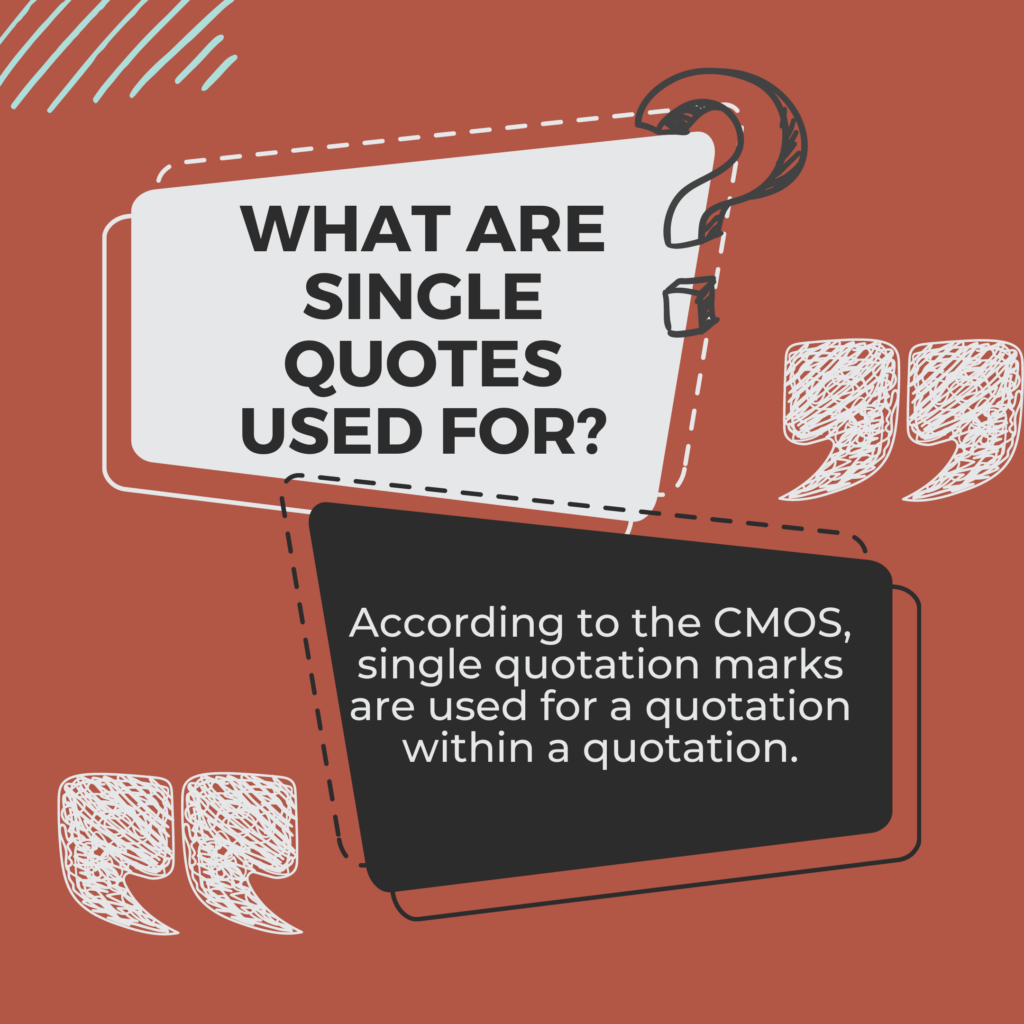
According to the CMOS, single quotation marks are used for a quotation within a quotation.
Example: “Are you crazy?” said Caitlin. “When you said ‘Commas don’t matter,’ I died a little inside.”
Note: If your audience uses British English, switch the double and single quotation marks around. That is, use single outer, double inner quotation marks for a quote within a quote.
Example: ‘Are you crazy?’ said Caitlin. ‘When you said “Commas don’t matter,” I died a little inside.’
What about if you have a quotation inside a quotation inside another quotation? In American English, the order would be double, single, then double again.
Example: “Is he crazy?” said Caitlin. “When you said ‘Mark said “Commas don’t matter,”’ I died a little inside.”
It’s a maze, right? In the last example, it might be better to just rewrite the sentence.
Other uses of single quotation marks that CMOS does not recommend are as follows:
- Use single quotation marks in headlines
- Use single quotation marks for words not being used for their meaning
- Use single quotation marks for emphasis (CMOS recommends using italics for emphasis; occasionally quotation marks may be used depending on the context.)
These rules may apply if you are using a different style guide that recommends them.
What are double quotes used for?
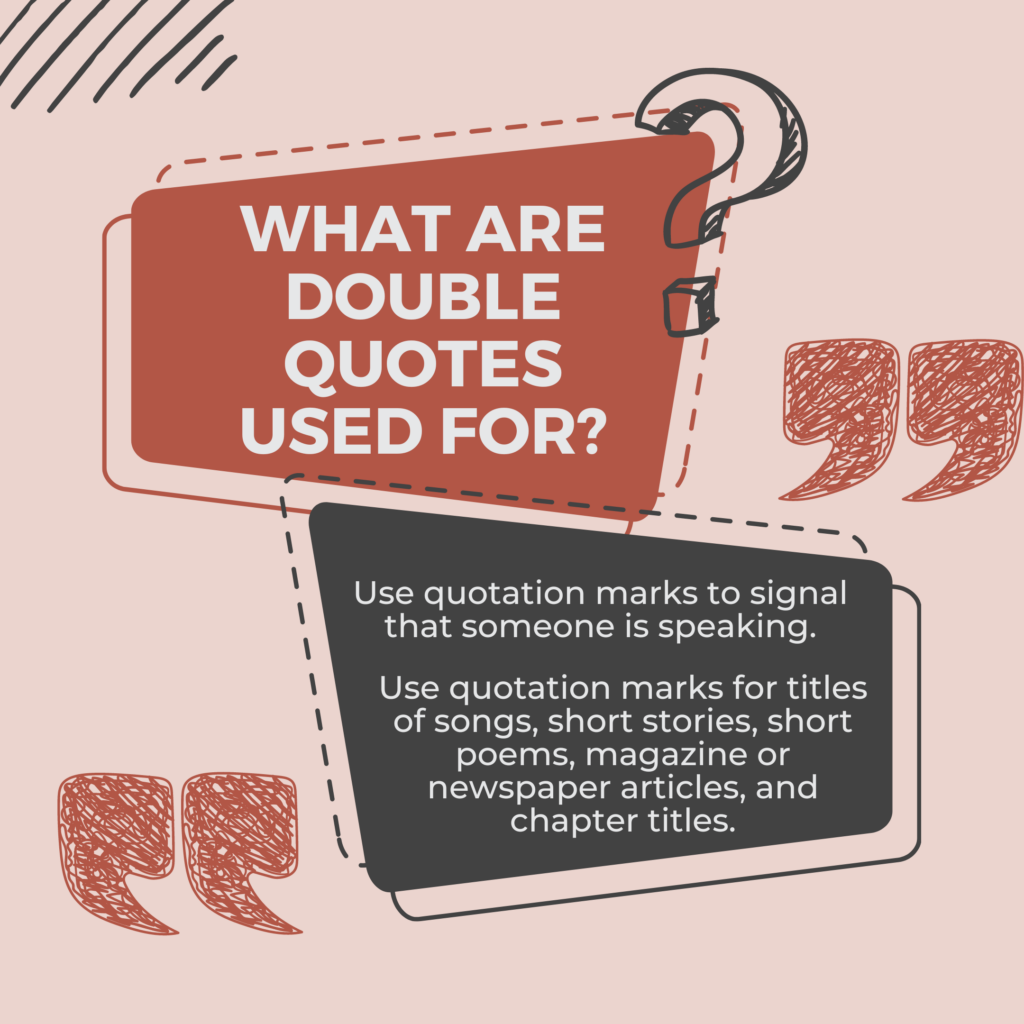
Quotation marks for dialogue
Use quotation marks to signal that someone is speaking within a written work. If someone references a quote within their dialogue, you would then mark that with single quotation marks within the larger double marks.
Quotation marks for titles of works
Use quotation marks for titles of songs, short stories, short poems, magazine or newspaper articles, and chapter titles.
Quotation marks as scare quotes
This one gets slightly trickier. Here’s what The Chicago Manual of Style states in Rule 7.57:
Quotation marks are often used to alert readers that a term is used in a nonstandard (or slang), ironic, or other special sense. Such scare quotes imply “This is not my term” or “This is not how the term is usually applied.” Like any such device, scare quotes lose their force and irritate readers if overused.
For examples of each of these uses, head over to our discussion/rant about quotation mark abuse.
Placement of quotation marks in relation to other closing punctuation
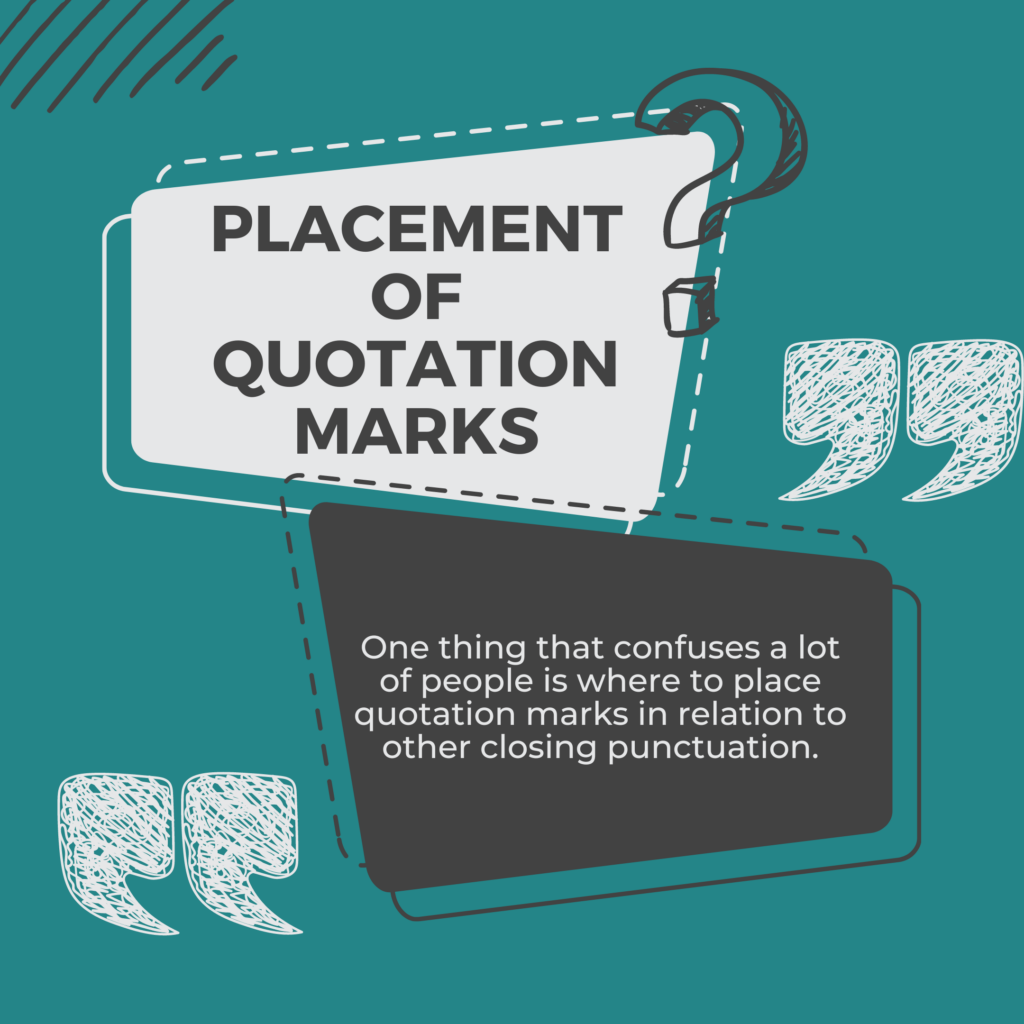
One thing that confuses a lot of people is where to place quotation marks in relation to other closing punctuation.
Some of the confusion probably arises because, once again, the British and Americans do it differently! Why can’t they just do it the same way we do in the good ol’ US of A? 😉 LOL
So let me break down, from an American English point of view, whether the following punctuation marks go inside or outside the quotation marks:
- Commas and periods – These go inside closing quotation marks, regardless of whether the quotation marks are double or single.
- Question marks and exclamation points – These marks should be placed inside quotation marks only when it is part of the quoted sentence.
- Colons and semicolons – These go outside closing quotation marks.
In British English, only the punctuation points that appeared in the original material are included inside the quotation marks.

Source: Chicago Manual of Style
Our Take
What do you think? Have you mastered the difference between single and double quotation marks now? Are you looking for a grammar refresher course?
Are there any other punctuation marks that give you trouble? Or any that drive you crazy when you see people misuse them? Let us know in the comments below!
Above all, avoid using unnecessary quotation marks!
Your Turn
Want to improve your punctuation skills even more AND learn how to become a proofreader? Check out our free 7-day proofreading course to learn more!
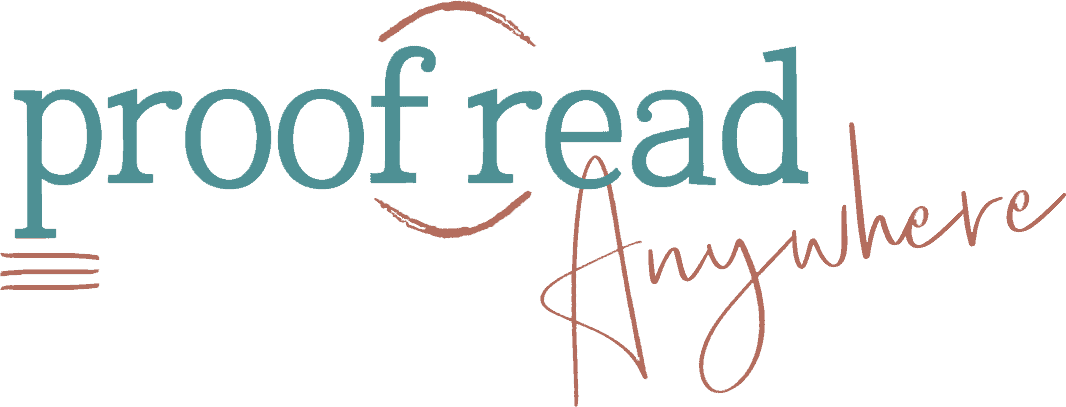
I really like the little quizzes. They really make you think and better drive home the point.
Quite tasking, but helps to understand the intricacies of usage better.
Great article this really helped me understand the difference between single and double quotations!
Nice, simple and smooth
Double quotes are commonly used to enclose direct quotations, while single quotes are often used to indicate a quote within a quote.
Great, simple article for the use of quotation marks. I will stick with American English usage since that is where the majority of my readers are from. I used to get confused when I read British articles because of the differences. Now, I get it. Thank you!